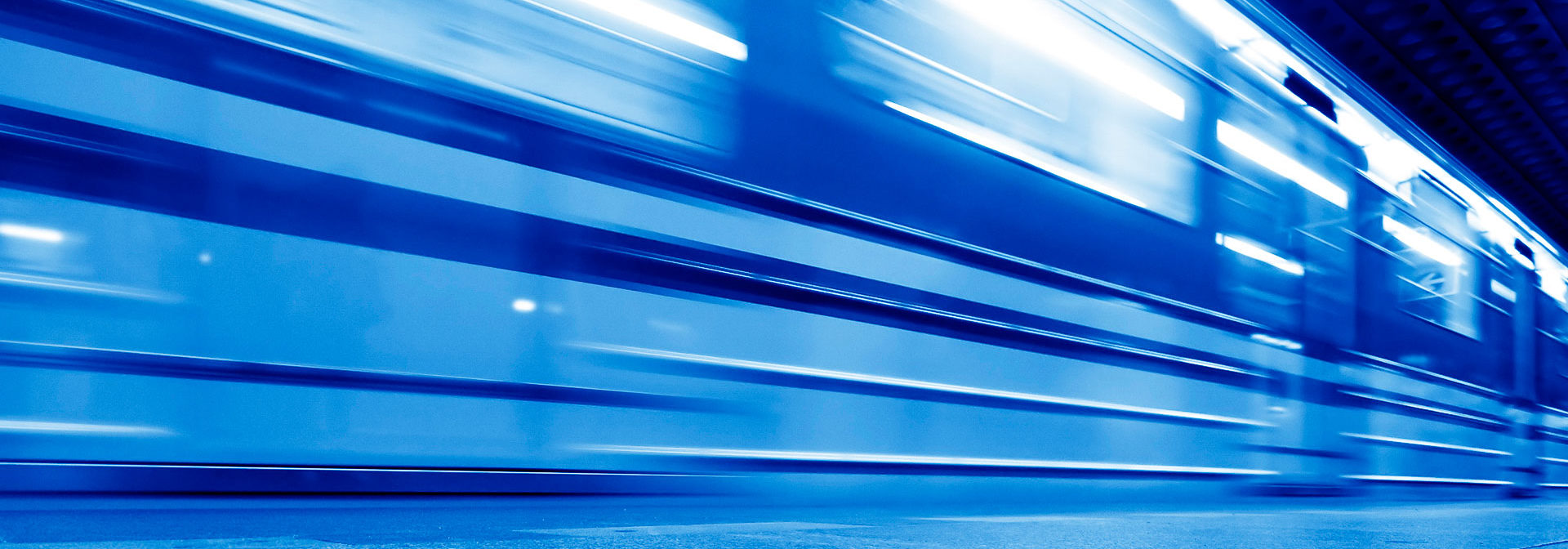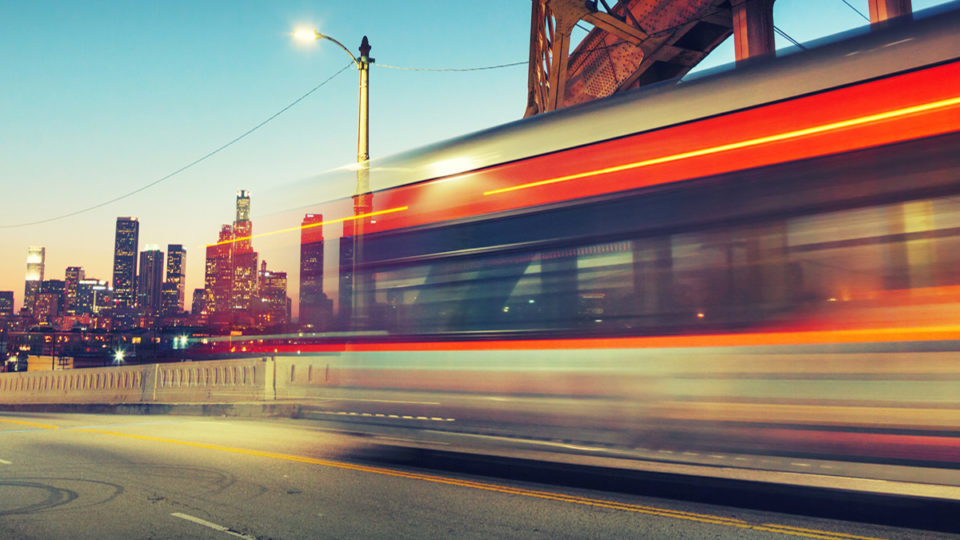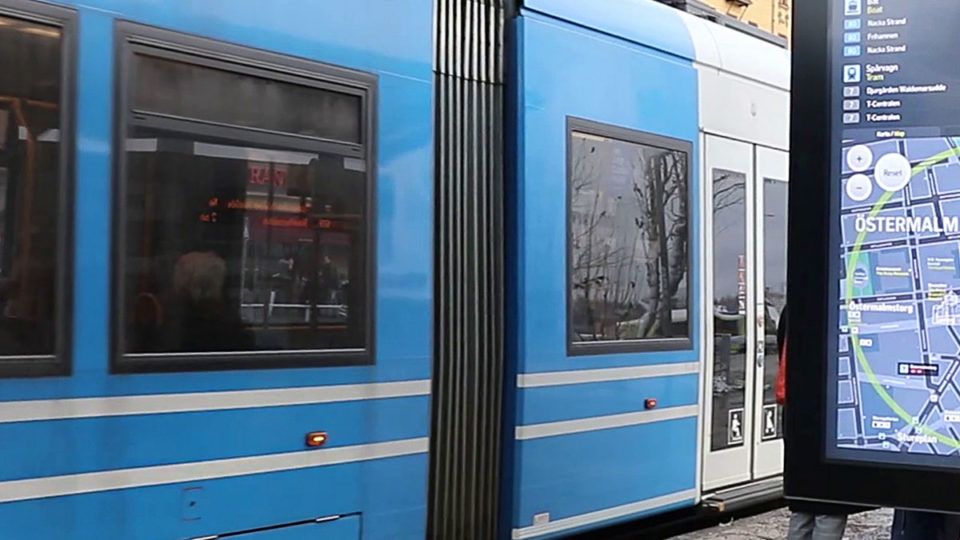
Railway industry remains on track, despite the COVID-19 pandemic
Global megatrends, including urbanization, have not been thwarted by the COVID-19 pandemic. Cities are plowing ahead with their plans to limit personal vehicle traffic in central districts, and urbanization and environmental decision making are driving an increasing preference for railway travel. City infrastructure is becoming smarter and more interconnected, and on-board solutions for vehicles are being developed with these advancements in mind, in close collaboration with international rolling stock manufacturers and railway operators.
What does the new normal look like for the railway industry?
The railway industry has definitely had to adapt to a new normal. While rolling stock production has slowed down in some places due to covid-restrictions, it has been great to see that nothing has slowed to a halt. The industry is maintaining its course and navigating towards an inevitable future where public transportation is becoming the preferred way to travel and commute.
With less automobile traffic, city centers are becoming safer, more pedestrian-friendly, and less polluted. Central district property values are rising and cities are becoming more enjoyable to live in. At the same time, cities are becoming smarter with 5G and other technologies getting implemented into the very fabric of the infrastructure. Connected technologies and data are also driving advancements in onboard solutions, and Teleste is continuously looking for new ways to move the industry forward.
From Teleste’s perspective, in what ways have the 2020 special circumstances shifted the way we travel?
Last year was especially challenging for the airline industry. A significant amount of air travel routes has been discontinued for the time being, which has increased the importance of reliable railway travel. The pandemic has affected the way we travel, and this change may in fact be more fundamental than at first thought. People are re-discovering railway travel, and new technologies are making travel safer and more enjoyable.
Before the pandemic, some airlines already replaced shorter commute flights with railway options, and in many cases, users are now able to purchase railway tickets directly from their preferred airlines. As restrictions eventually loosen, we expect an increased preference for railway travel, as traveling in a train car is often perceived to be safer in terms of social distancing compared to traveling in a fully booked airplane cabin. Trains are generally less susceptible to occupancy related restrictions.
What are the biggest technological advancements that can be expected in the near future within the industry?
The industry is quite slow-moving when it comes to technological advancements; with the average lifecycle of a train car being up to 30 years. Tried and tested technologies are usually preferred over the latest innovations, but one thing is for certain: connectivity between onboard solutions and various external systems will play a key role within the rolling stock manufacturing business. Going forward, we can expect underground vehicles to have a deeper integration with remote systems above ground, which will bring about benefits to both operators and their ridership.
We can expect increasingly important roles for real-time information processing, as data from sensors, video, and situational awareness technologies can all be leveraged to drive cost efficiency, safety, and to better serve the passenger experience. Connected features have already been put to a serious test during the pandemic, where information dissemination is playing a pivotal role in maintaining ridership.
How does the industry need to prepare for an increasingly connected future, where everything is expected to be online, and what implications will it have for lifecycle management?
Instead of being closed systems on rails, modern trains are able to send and receive information, which has driven a need for software-based services. By implication, this change is also leading towards a heightened need for cybersecurity. That is one of the bigger themes going forward for us, providing our customers with solutions that are safe and secure. Cybersecurity is a topic that the industry as a whole needs to address in upcoming years, and it’s also relevant for building projects that are already underway.
With technological advancements especially on the software side, the expectation level in terms of lifecycle costs is also in flux. Modern systems and software require maintenance and regular updates throughout their lifetime. Security updates are vital, but operators also want to have the ability to further develop and improve their existing systems through software updates. To meet this need, we have started to offer flexible service models to our customers. The lifecycle services’ role differs case by case. We calculate the scope of services needed for each project with RAMS parameters, based on the client’s individual needs.
As we see it, the customers’ goals are our goals, and this is something that won’t change.
From Teleste’s perspective, what is the state of the industry?
While the COVID-19 pandemic has skewed future projections on all fronts, the transport industry is still on a longer growth trend, which even the pandemic cannot overturn, as there will always be a need to move around. The industry has experienced significant growth for several years, and we expect this trend to continue.
What is Teleste’s New Year’s resolution for 2021?
While the world has definitely changed, one thing that is not subject to change is our attitude and commitment to strive to succeed together with our customers. As we see it, the customers’ goals are our goals, and this is something that won’t change. We remain fully committed to our vision to be the best partner for our customers.
Jarkko Vehkala
Jarkko Vehkala
I’m heading the business line Rolling Stock Manufacturers at Teleste. See my LinkedIn.



